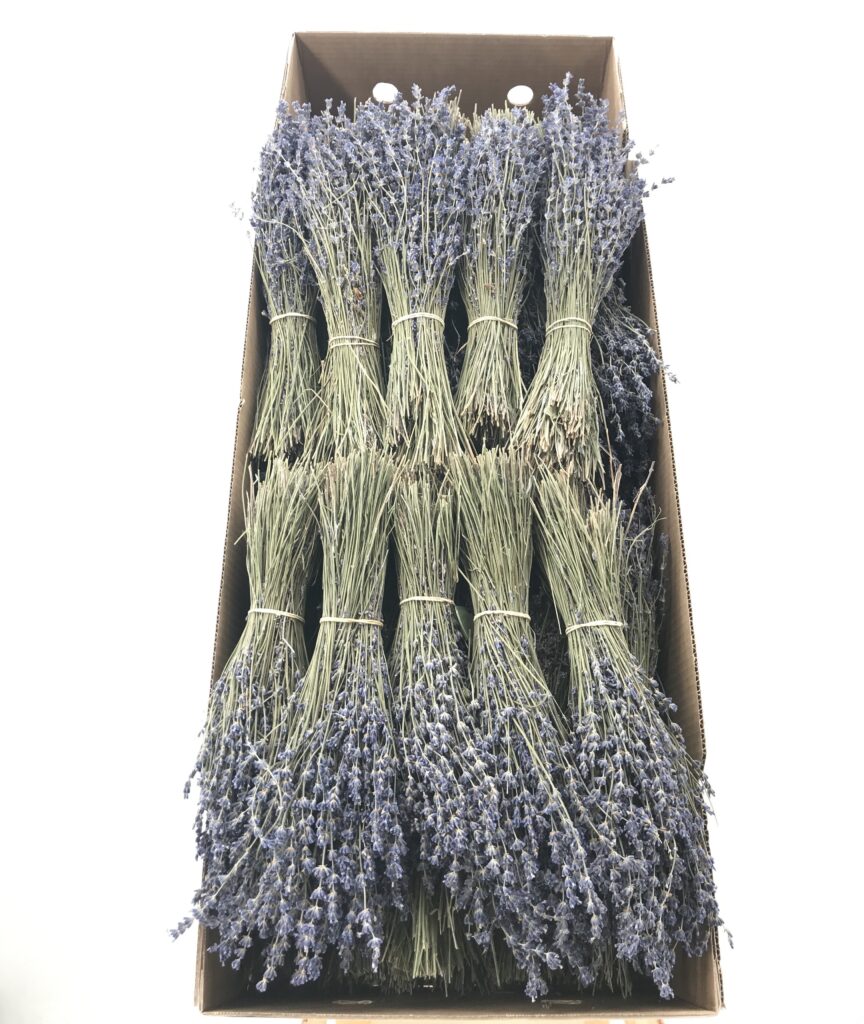
Lavandula, commonly known as lavender, is a popular aromatic herb that is often used for its fragrance, medicinal properties, and ornamental value. “Lavandula dry” could refer to dried lavender, its uses, or the process of drying lavender. Here’s some information on each aspect:
- Dried Lavender: Dried lavender refers to the flowers of the lavender plant that have been harvested and then dried. Drying lavender helps preserve its fragrance and allows it to be used in various applications. Dried lavender can be used in sachets, potpourri, herbal teas, culinary dishes, beauty products, and for aromatherapy purposes. It retains its characteristic scent, making it a popular choice for adding a soothing aroma to various products.
- Uses of Dried Lavender:
- Sachets and Potpourri: Dried lavender flowers are often placed in small sachets or mixed with other dried botanicals to create potpourri. These can be placed in drawers, closets, or rooms to impart a pleasant scent and help repel moths and insects.
- Herbal Teas: Dried lavender flowers can be used to make herbal teas that have a mild, floral flavor. Lavender tea is sometimes consumed for its potential calming and relaxation effects.
- Culinary Purposes: In culinary applications, dried lavender can be used sparingly to add a unique floral flavor to dishes and desserts. It’s important to use lavender in moderation, as its flavor can become overpowering if used excessively.
- Aromatherapy: Dried lavender is commonly used in aromatherapy for its relaxing and stress-relieving properties. It can be added to potpourri blends, essential oil diffusers, or incorporated into homemade candles and bath products.
- Beauty and Skincare: Lavender is often used in DIY beauty and skincare products due to its potential soothing properties. Dried lavender buds can be added to homemade scrubs, bath salts, and facial masks.
- Decoration: Dried lavender bunches can be used for decorative purposes, adding a touch of rustic charm to indoor spaces.
- Drying Lavender: Drying lavender is a simple process that involves harvesting the lavender flowers and allowing them to air dry. Here’s a basic outline of the process:
- Harvesting: Lavender flowers should be harvested when they are in full bloom but before they start to wither. Cut the flower stalks in the morning after the dew has dried but before the heat of the day.
- Bundling: Gather a small bunch of lavender stems, usually around 20-30 stems, and tie them together at the base with twine or a rubber band.
- Hanging: Hang the lavender bundles upside down in a cool, dry, and well-ventilated area. Avoid direct sunlight, as it can cause the flowers to lose color and fragrance.
- Drying Time: Depending on the humidity levels, it usually takes a couple of weeks for the lavender to fully dry. The flowers will feel crisp to the touch when they are ready.
- Storage: Once dried, gently remove the flowers from the stems and store them in airtight containers away from light and moisture.
In summary, “Lavandula dry” likely refers to dried lavender and its various uses, as well as the process of drying lavender flowers for these purposes.
